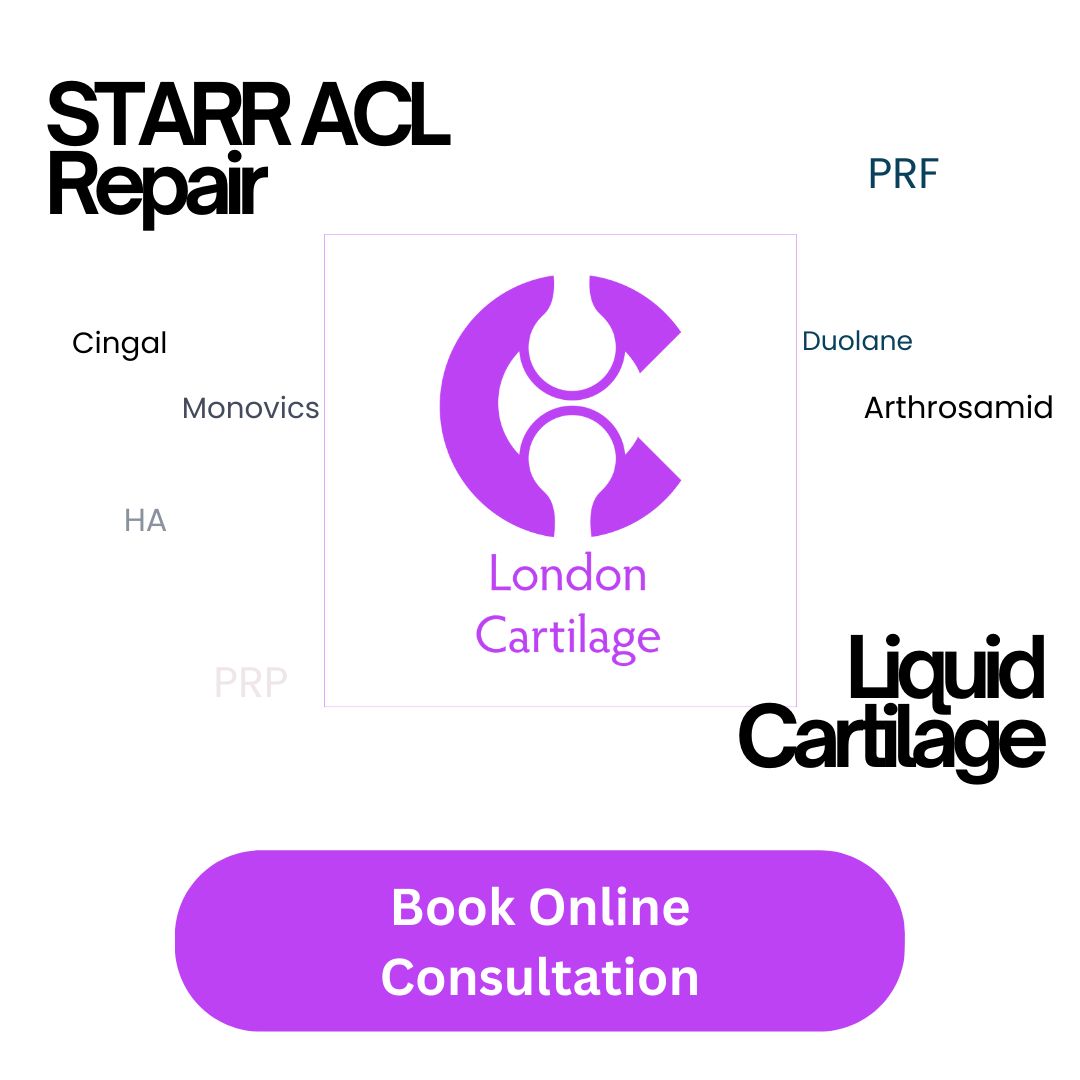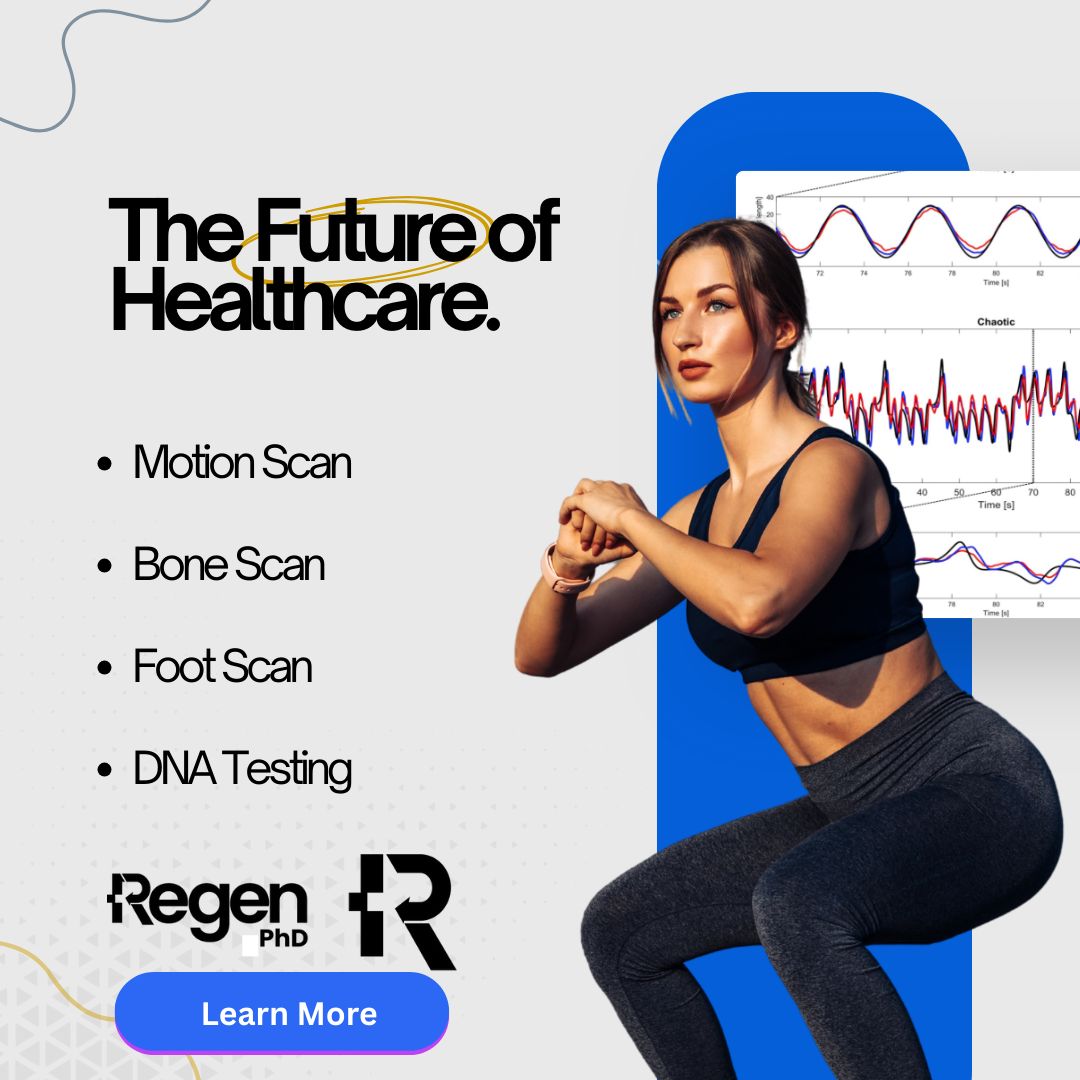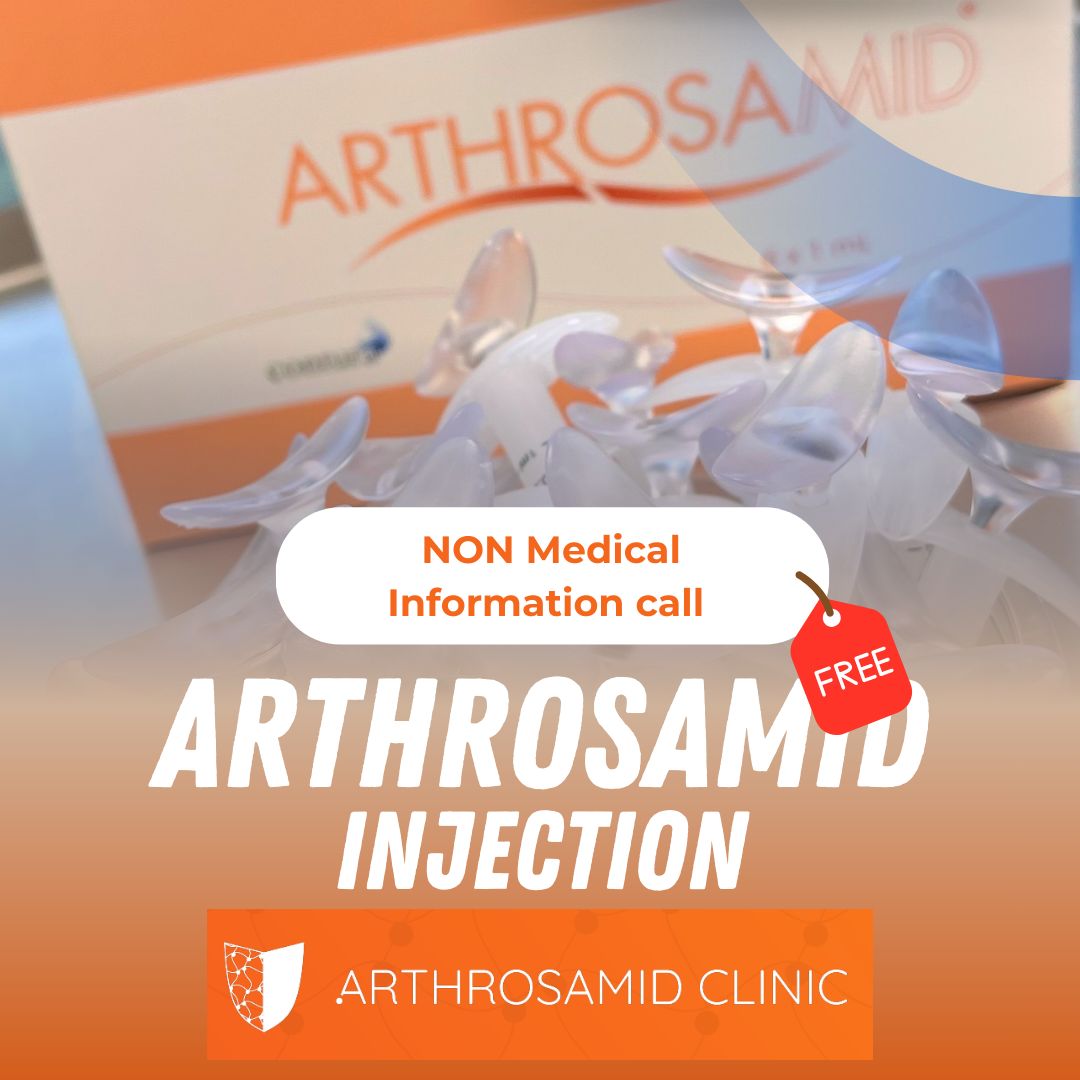STARR ACL: Enhancing ACL Repair through the Regeneration Principle
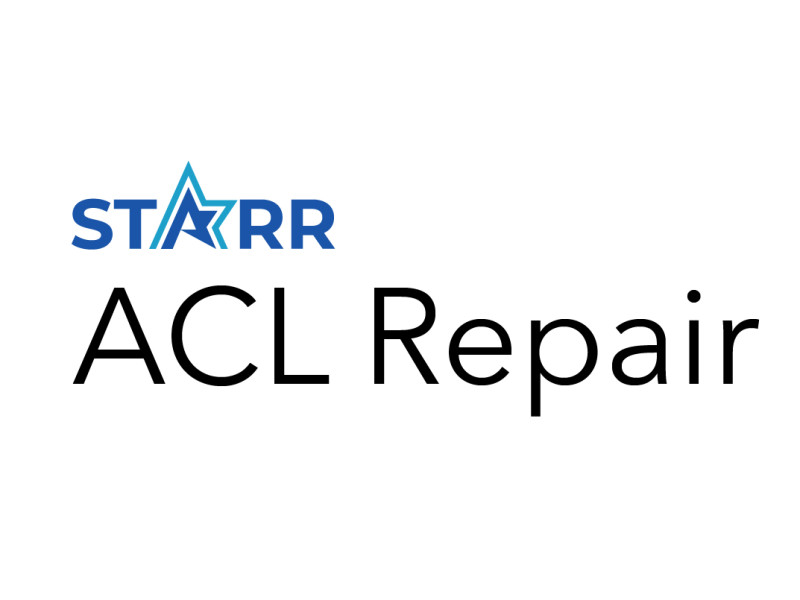
Soft Tissue Augmented Regenerative Repair ACL repair
The STARR (Soft Tissue Augmented Regenerative Repair) technique is a revolutionary approach to ACL (anterior cruciate ligament) repair that aligns with the regeneration principle. Developed based on my deep understanding of regenerative medicine, this technique aims to optimize the healing process and promote biological recovery.
Regeneration Principle:
The regeneration principle is rooted in the body's innate capacity to heal and regenerate damaged tissues. It involves creating an environment conducive to cellular proliferation, differentiation, and tissue remodelling. By understanding and leveraging this principle, we can enhance the healing process and achieve better outcomes.
As a firm believer in the regeneration principle, I have developed the STARR (Soft Tissue Augmented Regenerative Repair) technique for ACL (anterior cruciate ligament) repair. This innovative approach combines the principles of physics, chemistry, biology, and timing to optimize the healing process and promote biological recovery. In this blog post, I will explain the STARR technique in the context of these scientific principles.
Physics: - Optimizing Biomechanical Stability
Physics plays a crucial role in the STARR technique by optimizing the biomechanical stability of the knee joint. By preserving the native ligament and reinforcing it with a biocompatible scaffold, we aim to restore the natural balance of forces within the knee. This helps to reduce stress on the repaired ACL and promotes proper joint alignment and function.
Chemistry: - Creating a Favorable Microenvironment
Chemistry comes into play in creating a favorable microenvironment for tissue regeneration. The biocompatible scaffold used in the STARR technique is designed to interact with the surrounding tissues at a molecular level. It promotes cell adhesion, proliferation, and differentiation, creating an optimal chemical environment for tissue healing and regeneration.
Biology: - Harnessing the Body's Regenerative Capacity
The STARR technique is deeply rooted in biology and the body's innate regenerative capacity. By preserving the native ligament, we harness its inherent biological properties and signaling mechanisms. The scaffold acts as a biological cue, stimulating the recruitment of specialized cells and growth factors that promote tissue regeneration. This biological approach enhances the healing process and leads to the formation of functional, healthy ligament fibers.
Timing - Maximizing the Healing Window
Timing is critical in the STARR technique to maximize the healing potential. The procedure is performed in a timely manner after the ACL injury, taking advantage of the body's acute healing response. This early intervention helps to minimize scar tissue formation and optimizes the conditions for tissue regeneration. Additionally, the timing of postoperative rehabilitation and physical therapy is carefully coordinated to support the regenerative process and facilitate a timely return to normal function.
The STARR technique, developed by Prof. Paul Lee, integrates the principles of physics, chemistry, biology, and timing to optimize ACL repair and promote biological recovery. By understanding and leveraging these scientific principles, we aim to restore the natural biomechanics of the knee, create a favourable microenvironment for tissue regeneration, harness the body's regenerative capacity, and maximize the healing window. If you are considering ACL repair, consult with a qualified orthopaedic surgeon experienced in the STARR technique to explore this innovative approach and its potential benefits for your specific case.
STARR Technique: A Holistic Approach:
The STARR technique embraces the regeneration principle by adopting a holistic approach to ACL repair. It involves multiple elements that synergistically optimize biological recovery:
Preserving Native Tissue:
Unlike traditional ACL reconstruction, which involves replacing the torn ligament with a graft only, the STARR technique aims to preserve and regenerate the ligament. By respecting the natural ligament structure and biological supplementation, we tap into its inherent regenerative potential and promote a more biologically aligned healing process.
Reinforcing with Biocompatible Scaffold:
The STARR technique incorporates the use of a specialized biocompatible scaffold. This scaffold acts as a supportive framework, guiding cell migration and promoting tissue regeneration. It provides a conducive environment for the growth of new ligament fibers, enhancing the natural healing process.
Minimally Invasive Procedure:
The STARR technique is performed using minimally invasive arthroscopic surgery. This approach minimizes tissue trauma, preserves surrounding structures, and accelerates the healing process. By minimizing surgical intervention, we optimize the body's regenerative capacity and promote faster recovery.
Personalized Treatment:
The STARR technique recognizes the uniqueness of each patient's injury and healing potential. Treatment plans are personalized based on factors such as age, activity level, and associated injuries. This tailored approach ensures that the regenerative process is optimized for each individual, leading to better outcomes.
Promoting Biological Recovery:
The STARR technique stimulates biological recovery by creating an environment conducive to tissue regeneration. The combination of preserving the native ligament, providing a supportive scaffold, and minimizing surgical trauma accelerates the healing process. This approach promotes the formation of new, healthy ligament fibers and restores the knee's stability and function.
Collaboration with Rehabilitation Specialists:
An integral part of the STARR technique is close collaboration with rehabilitation specialists. Postoperative rehabilitation is tailored to each patient's specific needs, focusing on optimizing the regenerative process. Rehabilitation protocols include targeted exercises, strength training, and functional activities that support the natural healing of the ACL.
Conclusion:
The STARR technique, developed by Prof. Paul Lee, leverages the regeneration principle to enhance ACL repair. By preserving native tissue, providing a supportive scaffold, and embracing a personalized and minimally invasive approach, the STARR technique optimizes biological recovery and promotes long-term knee health. If you are considering ACL repair, consult with a qualified orthopaedic surgeon experienced in the STARR technique to explore this innovative approach and its potential benefits for your specific case.

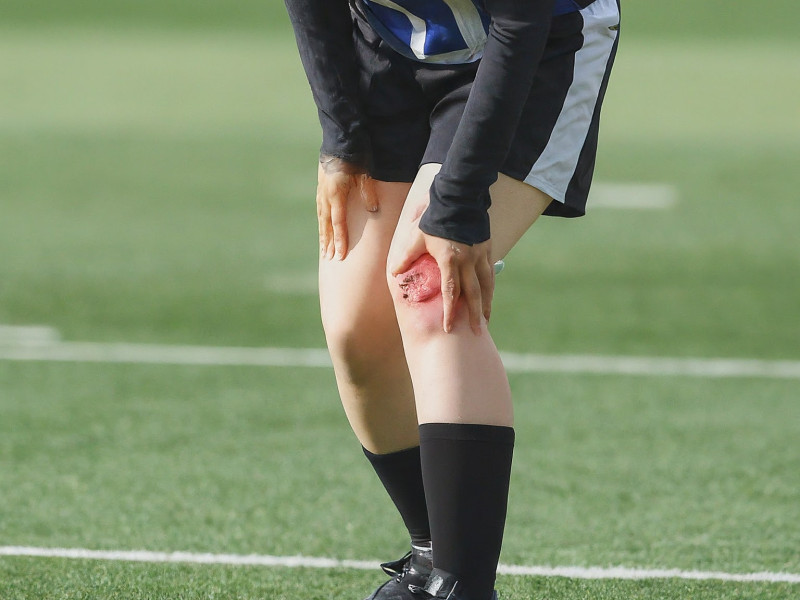

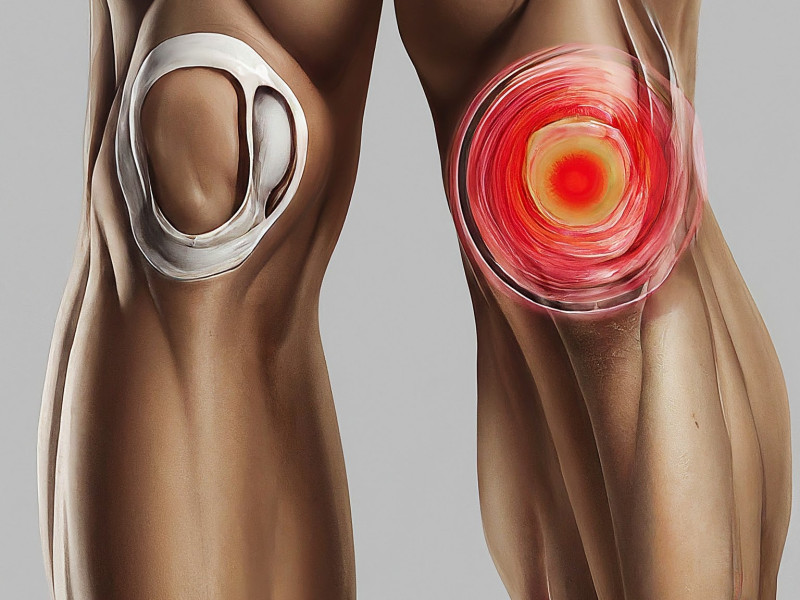
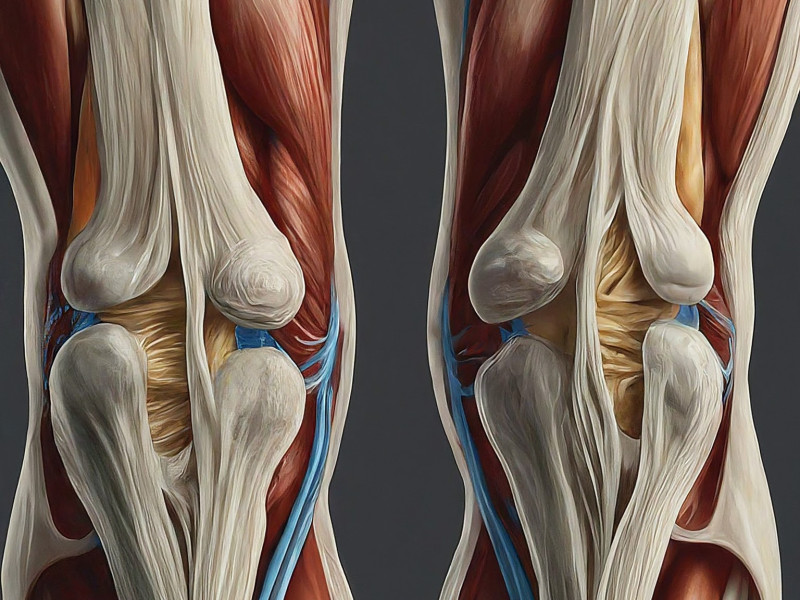


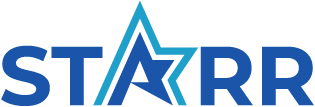
:format(webp)/cdn.mskdoctors.com/storage/profiles/2023/9/LbKKToiGARK3J2FwCeesxzv3EPmUdoE9.jpg)
:format(webp)/cdn.mskdoctors.com/storage/phBX64l1pEcTQ1HMDiT11FTt72xNeVN19uG2yYxA.png)
